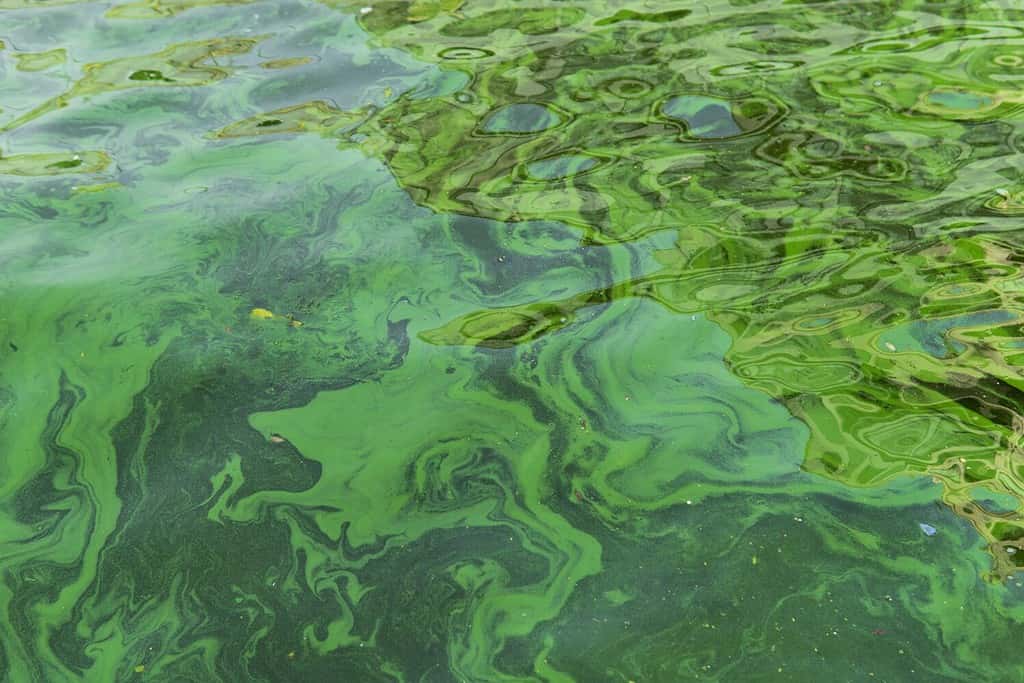The Apalachicola River is in Florida and flows into the Gulf of Mexico. It’s formed where the Chattahoochee and Flint Rivers meet near the town of Chattahoochee, Florida. It’s about 160 miles (260 km) long and has a very large watershed.
This river is known for its rich diversity of plants and animals. It is even home to some endangered species. In fact, it has the highest diversity of freshwater fish in the state, so it’s extremely important ecologically.
It also supports animals outside of its waters, too. For instance, it helps feed several wetlands, tidal marshes, and seagrass meadows. It also provides water to wildlife that lives around it.
The Apalachicola River is typically surrounded by forests, swamps, and wetlands (except for near the coast, of course). Many of these areas are protected by the Apalachicola National Forest, which is the largest national forest in Florida. The forest contains some of the finest examples of old-growth forests in the southeast, as well as rare plants such as the Florida torreya.
Potential Hazards in the Apalachicola River

Pollution is sadly not all that uncommon in the Apalachicola River.
©Aleksandrkozak/Shutterstock.com
This river is decently safe to swim in. However, just like any body of water, there are some potential hazards you should be aware of before taking a dip.
1. Water Pollution
The river does suffer from several pollution sources, including agricultural runoff, sewage, and industrial waste. These pollutants can affect water quality and damage the fish population. Furthermore, if you swim in the river, they may be harmful to you, too.
These pollutants can cause algal blooms, chemical contamination, and bacterial infections. You should avoid water that is discolored, foamy or has a foul odor. Often, this is caused by pollutants, which can be dangerous. Furthermore, you can check the water quality before you go swimming.
2. Fish
This river has a huge diversity of fish life, which is a good thing. Many of the fish that call this river home are popular for fishing and eating. However, some fish can be potentially dangerous for people, such as the flathead catfish. This fish can grow very large and has large teeth.
Most dangers will come from fishing activities, though. You shouldn’t swim near fishing lines, nets, or hooks. These carry a risk of entanglement (which can potentially cause drowning).
The vast majority of fish in the river are completely harmless to people.
3. Snakes
The Apalachicola River is home to several snakes, some of which are venomous. The most common venomous snakes you’ll find are copperheads and timber rattlesnakes. Learn to identify these and stay away from any snake you see. Please avoid touching any snakes and take care not to disturb them unintentionally.
It is not advisable to swim close to logs or rocks as snakes tend to seek refuge in these areas.
4. Currents and Rapids
This river can have strong currents, rapids, and changing water levels, which can make swimming potentially dangerous. You should always wear a life jacket or flotation device to prevent accidents. Don’t swim alone, and always let someone know of your plans in case of an emergency.
Be sure to pack emergency items and be prepared. You should always prepare for changing weather conditions, sun exposure, dehydration, and insect bites. Swimming in a river isn’t the same as swimming in a pool, after all.
Is the Apalachicola River Safe to Swim in?
This river can be enjoyable and safe to swim in. However, it is a natural setting that changes constantly. Therefore, you need to be aware of your surroundings, checking for venomous snakes and water conditions before swimming. Staying safe means paying attention.
For the most part, the Apalachicola River is just as safe as swimming in any other river. It isn’t particularly dangerous, but you will be sharing the space with wildlife.
Are There Any Restrictions on Swimming in the River?

Apalachicola National Forest may have some restrictions on swimming.
©Jacob Boomsma/Shutterstock.com
There are some protected areas of the river that you aren’t allowed to swim in. The exact restrictions can vary based on the season and location. Here are some areas and situations where swimming may be restricted:
St. Joseph Bay Aquatic Preserve
This is a protected area that covers part of the Apalachicola River and its estuary. Swimming is allowed in the preserve, but you must follow certain rules and regulations to protect the natural resources and wildlife.
Most of these rules involve not disturbing or damaging wildlife. For instance, you must leave oysters and scallops alone. You can also not feed or harass any wildlife.
Always be sure to check the current rules and regulations before you start swimming.
Apalachicola National Forest
This large forest borders the Apalachicola River and several of its tributaries. Swimming is allowed in most cases, but you must follow specific regulations that protect the area’s wildlife.
Typically, this means not damaging plants or harming animals. In most cases, it’s common sense. Don’t cut down trees, for instance.
Fishing and Hunting Seasons
This river is a popular destination for fishing and other recreational activities. Typically, swimming is allowed in these seasons, but you must be aware of potential conflicts and hazards. For instance, don’t swim near fishing lines or nets. Don’t interfere with fishing or hunting activities, as this is often illegal.
In many cases, you may be required to wear bright colors to avoid hunting accidents. Check the regulations before you go.
The photo featured at the top of this post is © Carolyn Davidson Hicks/Shutterstock.com
Thank you for reading! Have some feedback for us? Contact the AZ Animals editorial team.






